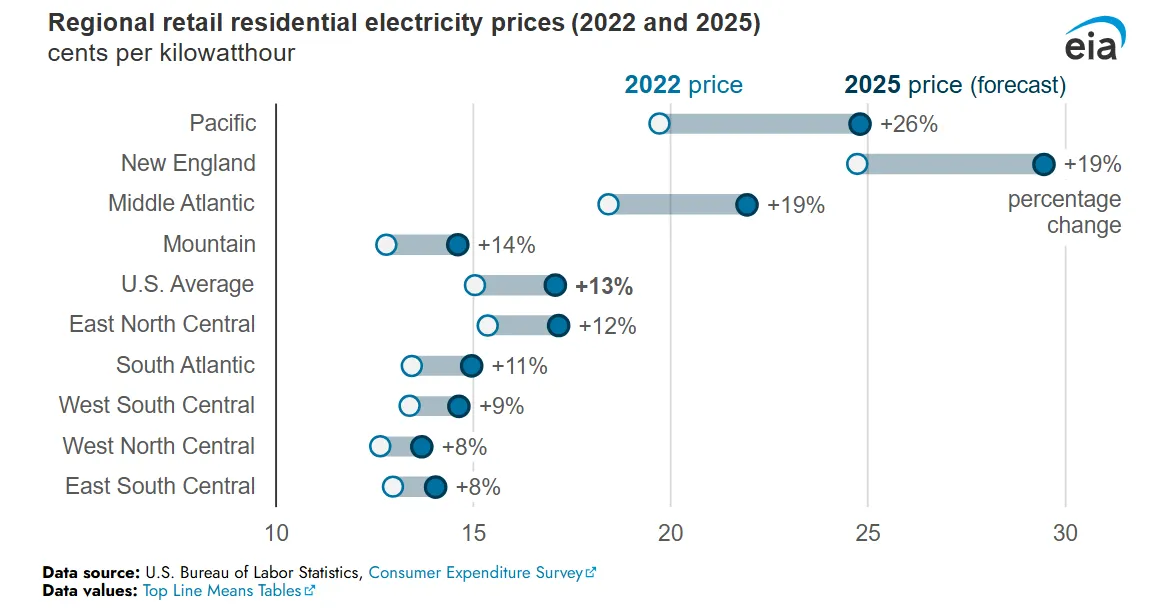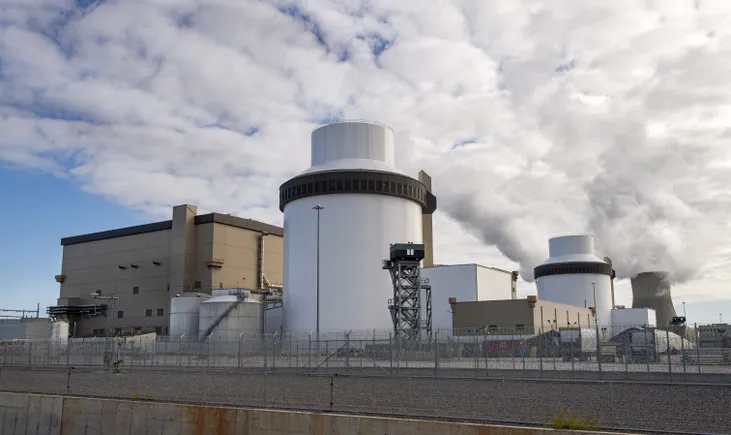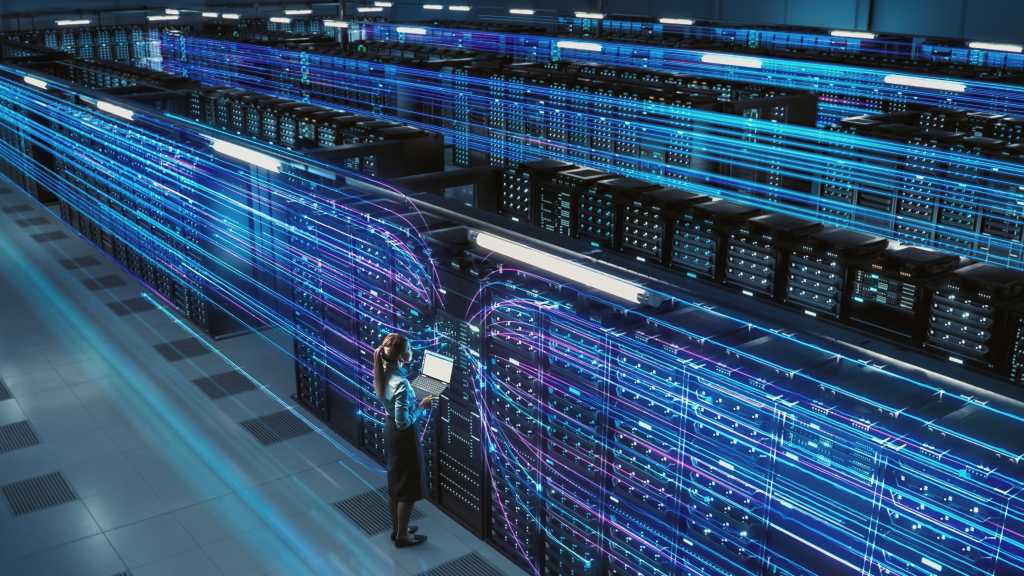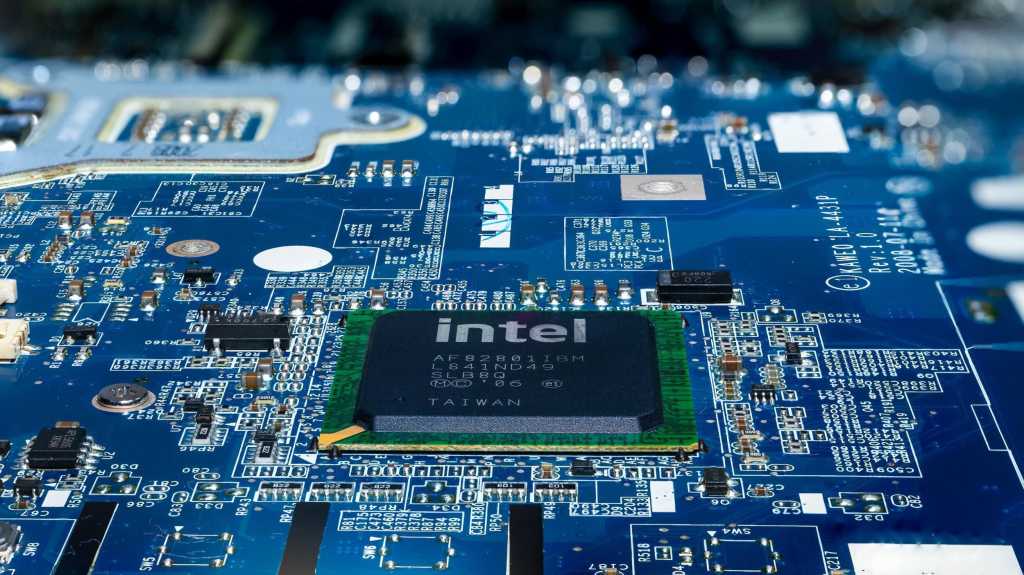
Secretary Wright’s opening remarks:
Chairman Kennedy, Ranking Member Murray, and members of the committee, it is an honor to appear before you today as Secretary of Energy to discuss the President’s Fiscal Year 2026 Budget request for the Department of Energy. I want to commend this committee for its longstanding commitment to energy policy and to the mission of the Department.
Energy is the backbone of civilization. It is the essential catalyst of human progress— enabling everything we do, everything. From the lights in our home, the heat in our homes, the process heat in our factories, and the innovation in our National Laboratories. I’ve dedicated my life to increasing access to energy and bettering human lives, and I’m thrilled to carry my work forward at the Department of Energy.
My priorities for the Department are clear— to unleash a golden era of American energy dominance, strengthen our national security, and lead the world in innovation. A reliable and abundant energy supply is the foundation of a strong and prosperous nation. When America leads in energy, we lead in prosperity, security and human flourishing.
America has the historic opportunity to secure our energy systems, lead the world in scientific and technological innovation; maintain and strengthen our weapons stockpile, and meet Cold War legacy waste commitments. The Department of Energy will advance these critical missions while cutting red tape, increasing efficiency, and unleashing innovation and ensuring we are better stewards of taxpayer dollars.
The President’s Fiscal Year ’26 budget will ensure taxpayer resources are allocated appropriately and cost-effectively. This budget will return DOE to its core mission of advancing energy innovation and global competitiveness through research and development. We will invest DOE’s resources in sources and technologies that support affordable, reliable, and secure energy and provide a return on investment for the American taxpayers.
Achieving this vision means fully leveraging the resources that have powered our country for generations. The United States is blessed with an abundance of coal, oil, and natural gas,
Every one of these resources was unleashed through the world-changing power of American innovation. Our National Labs are the engine that drives research and development to expand our energy dominance. When it comes to our National Labs, we are undeniably capable of doing more with less. We can both increase efficiency and drive innovation. We will prioritize research that supports true technological breakthroughs and maintains America’s global competitiveness.
We are also taking steps to accelerate innovation in commercial nuclear development. America must lead the commercialization of affordable and abundant nuclear energy. DOE is working to advance the rapid deployment of next-generation nuclear technology, including small modular reactors.
I am proud to report that we have officially ended the previous administration’s reckless pause on LNG export permits and are returning to regular order for reviewing and approving new permits. DOE will also work to replenish the Strategic Petroleum Reserve— a national asset that protects our security in times of crisis.
We are advancing President Trump’s pledge to lower the cost of living and expand consumer choice for all Americans by rightsizing DOE’s approach to home efficiency standards and regulations. This month, DOE proposed the elimination or reduction of 47 regulations – the largest deregulatory effort in history. Once finalized, these actions are projected to save the American people approximately $11 billion while restoring consumer freedom and lowering costs.
The responsible stewardship and modernization of the nation’s nuclear weapons systems is paramount for the Department of Energy and this Administration. DOE is focused on addressing critical upgrades for the U.S. nuclear stockpile and maintaining our engine powerhouses for submarines and aircraft carriers. Both tasks will become even more crucial in the next few years.
Our nuclear innovation is a nation that began with the Manhattan Project, and the next Manhattan Project is clearly AI. DOE has a significant role to play in driving AI innovation for scientific discovery and national security. Our agency has world-class, high-performance computing capabilities, including four of the world’s top ten supercomputers.
Harnessing our energy potential to power global AI leadership while meeting growing energy demand will be the challenge of our time. But America doesn’t back down from big challenges or big builds.
As Secretary of Energy, I am honored by the responsibility to help meet the American people’s growing needs for energy and lead the world in energy development. Thank you for the opportunity to testify before the committee today.
###






















